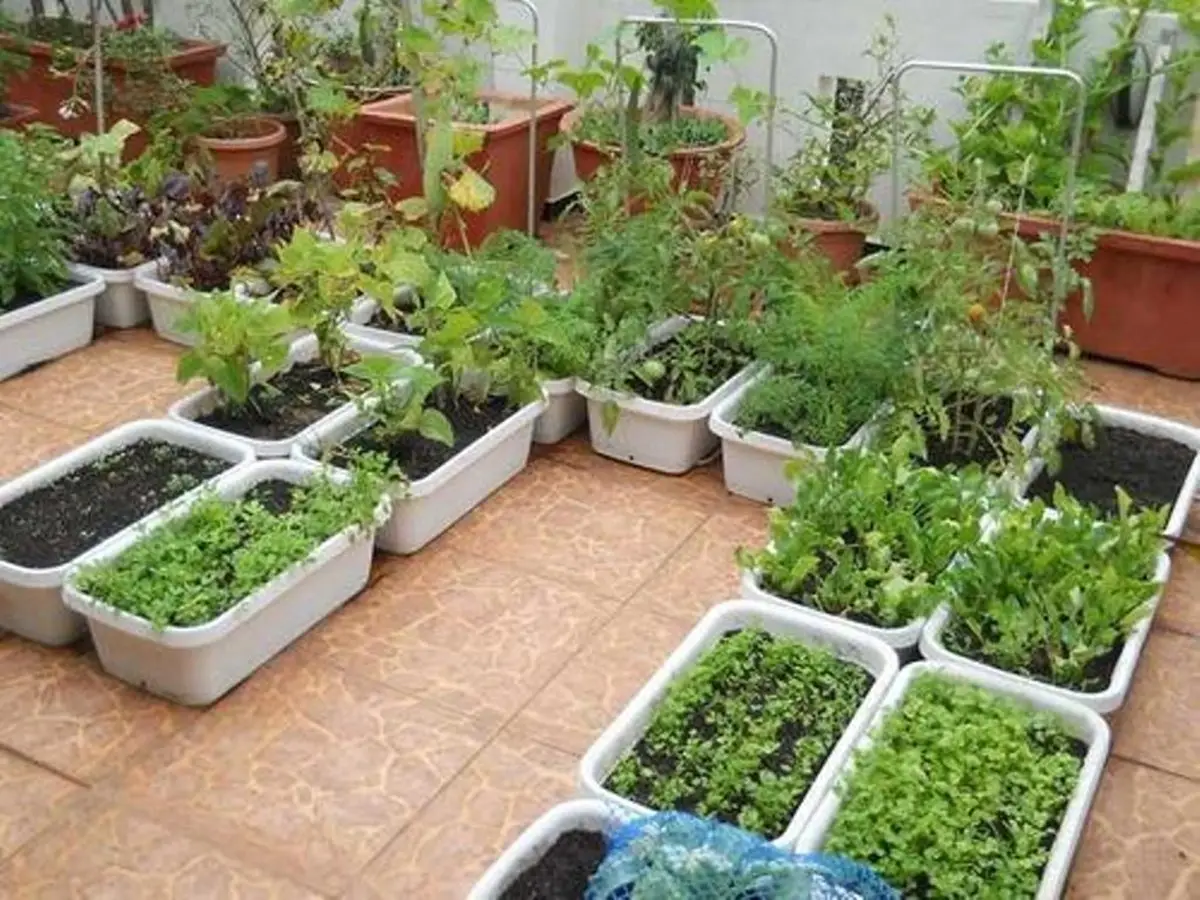Introduction: Terrace farming, a time-honored agricultural technique, has been shaping the landscape of hilly regions for centuries. By transforming steep slopes into productive farmland, this method offers numerous benefits, including soil conservation, water management, and increased crop diversity. In this article, we will explore the principles and advantages of terrace farming, shedding light on how it has enabled communities to cultivate crops in challenging terrains while promoting environmental sustainability.
-
The Concept of Terrace Farming
Terrace farming revolves around the creation of stepped platforms on hillsides, forming a series of levels that mimic the natural contours of the land. Each terrace, supported by retaining walls, retains soil and water, allowing for the cultivation of crops on what was once considered inhospitable terrain. This ancient practice requires expertise in engineering and an understanding of the local ecosystem to ensure its success.
-
Mitigating Soil Erosion
One of the primary advantages of terrace farming is its ability to combat soil erosion effectively. By slowing down the flow of rainwater, terraces prevent topsoil from being washed away, preserving its fertility. The reduced erosion not only enhances crop productivity but also prevents sedimentation in nearby water bodies, promoting cleaner water resources.
-
Water Management and Conservation
Terraces act as natural water management systems, effectively trapping rainwater and promoting its infiltration into the soil. This process helps replenish groundwater sources, reducing the impact of droughts and contributing to the sustainability of the local water supply. Additionally, the controlled release of water from terrace to terrace minimizes water wastage, making it an eco-friendly irrigation method.
-
Expanding Arable Land
In regions with limited flat land for cultivation, terrace farming offers a solution by converting steep slopes into multiple usable levels. By creating more arable land, this method maximizes agricultural productivity and provides farmers with greater opportunities for crop diversification. The varying microclimates on different terraces also encourage the growth of a wide range of crops suited to each specific environment.
-
Fostering Sustainable Agriculture
Terrace farming aligns with the principles of sustainable agriculture by promoting resource conservation and reducing environmental impact. The practice reduces the need for chemical inputs, as the terraces help retain nutrients in the soil and minimize runoff of fertilizers and pesticides. This, in turn, supports biodiversity and enhances the overall health of the ecosystem.
-
Modern Adaptations and Challenges
While terrace farming remains an integral part of traditional agriculture in many regions, modern technology has brought about advancements in terrace construction and maintenance. Today, engineering techniques, such as reinforced concrete retaining walls, offer greater stability and longevity to terraced landscapes. However, despite these innovations, challenges remain, including the labor-intensive nature of terrace construction and the potential for degradation if not properly maintained.
Conclusion
Terrace farming stands as a testament to human ingenuity and adaptation to challenging landscapes. By harnessing the natural steps of the terrain, this ancient agricultural technique has enabled communities to thrive and cultivate crops sustainably in mountainous regions. As the world faces increasing environmental pressures, terrace farming exemplifies the importance of integrating traditional wisdom with modern knowledge to create a more resilient and ecologically conscious future for agriculture.


